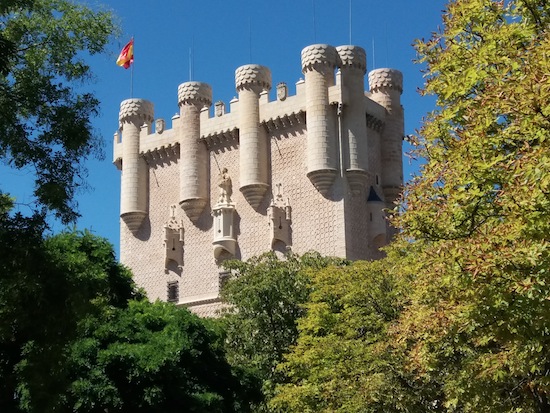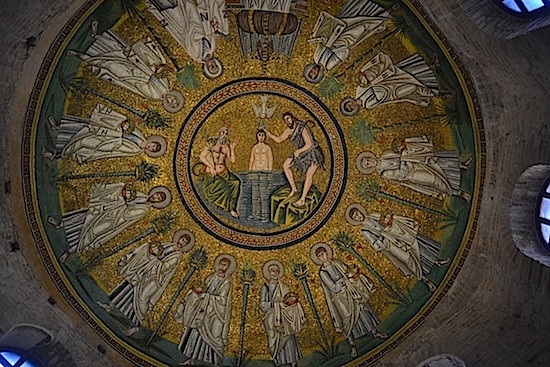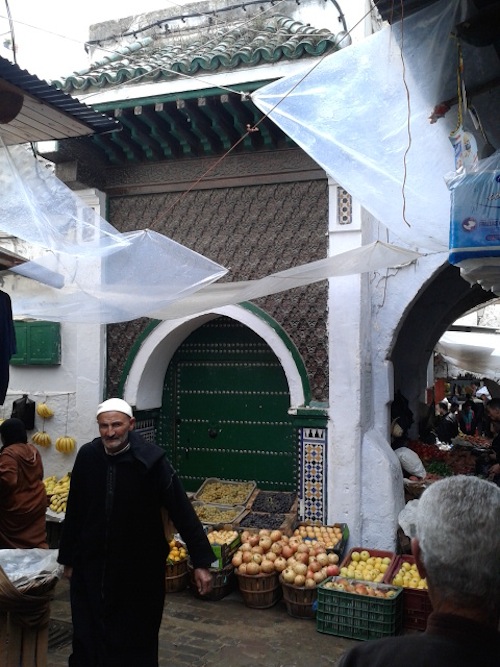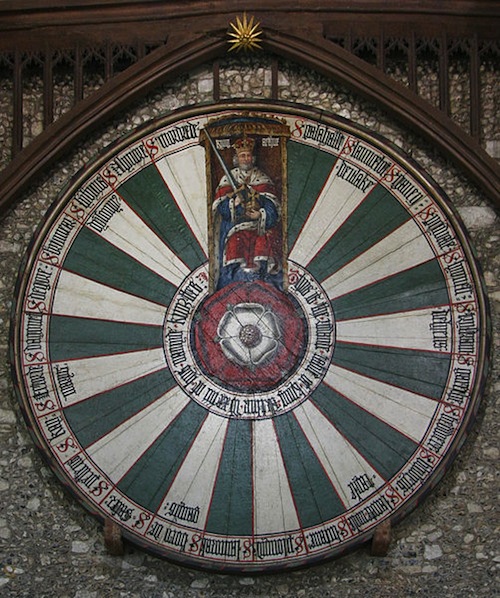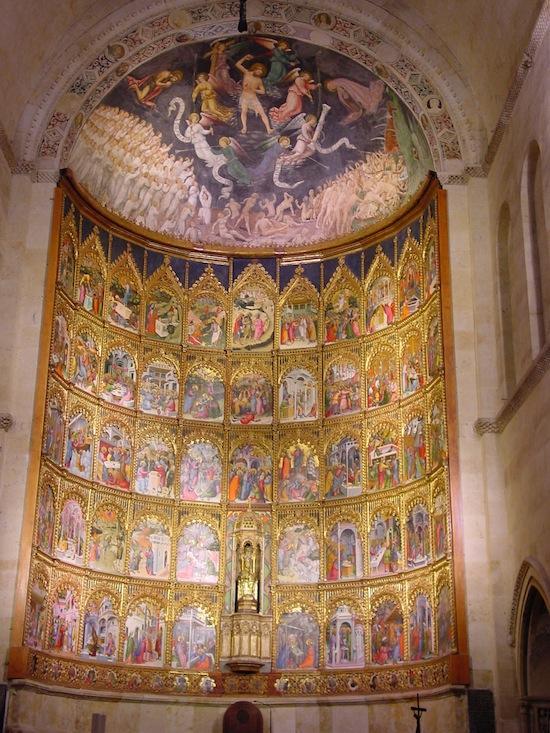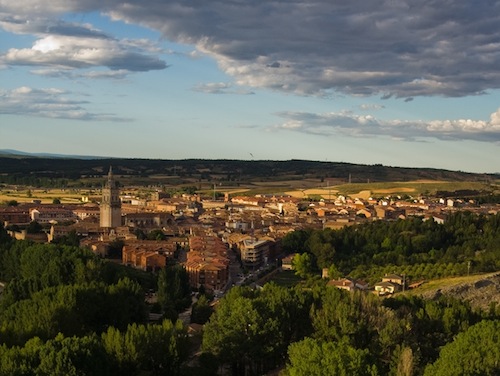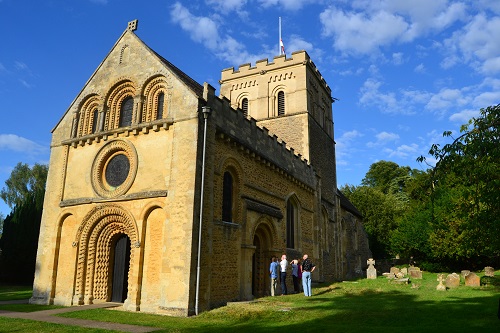The Mosque-Cathedral of Córdoba, Spain
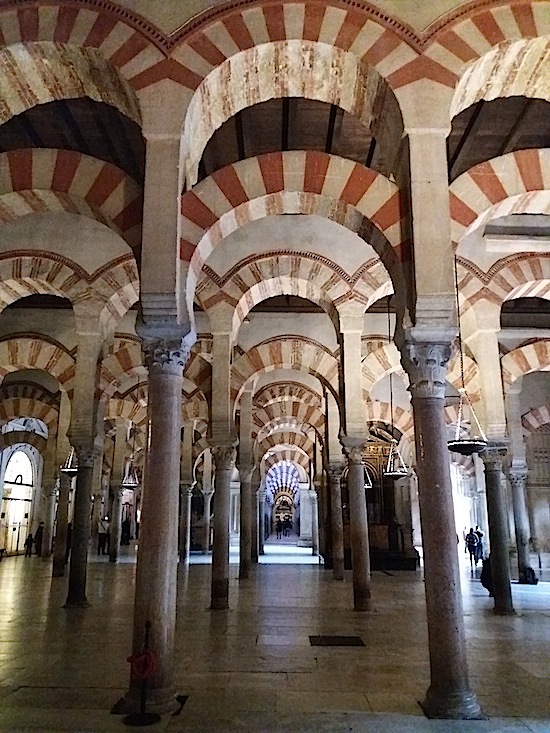
The mosque interior, showing the famous series of double arches.
The column on the left has a Corinthian capital reused from a
Roman building. The one of the right has a Moorish capital.
I am fortunate to live in a country that has preserved remains from a wide variety of civilizations. From Roman cities to medieval castles, Spain’s got it all. One culture that has left an enduring legacy on Spanish architecture, cuisine, and language is that of the Moors. For much of the Middle Ages, large portions of the Iberian Peninsula were ruled by Muslims from North Africa and the Levant, who built one of the country’s most beautiful buildings.
Invading Muslims took Córdoba, then a rather minor Visigothic city in southern Spain, in 711 AD. They destroyed most of it but spared the church, which was then divided and used as a house of worship for both faiths. The city languished until the arrival of Abd al-Rahman I in 756, who took power in Muslim Spain and made Córdoba his capital. In 784 AD he ordered a great mosque to be built on the site of the church. Later Muslim rulers expanded it until 1236, when Córdoba was recaptured by the Christians and the building was converted into La Catedral de Nuestra Señora de la Asunción (The Cathedral of Our Lady of the Assumption).
The result is an amazing hybrid of various periods of Moorish and Christian architecture.
